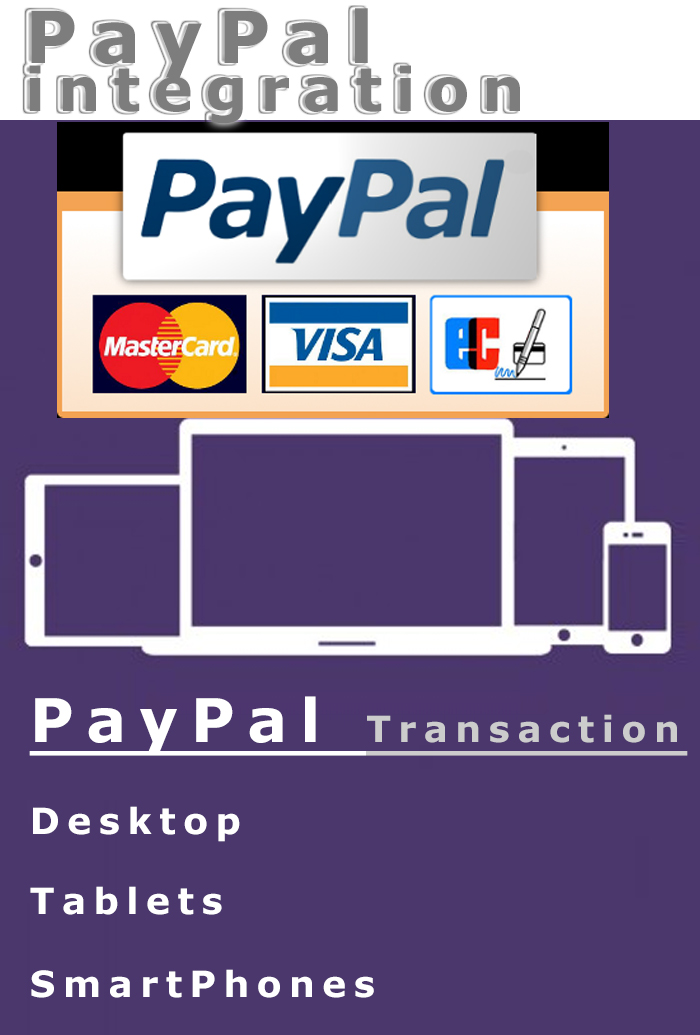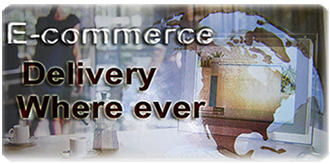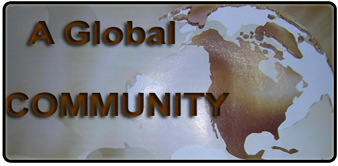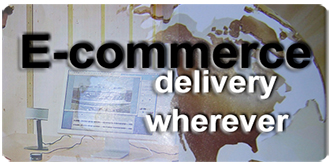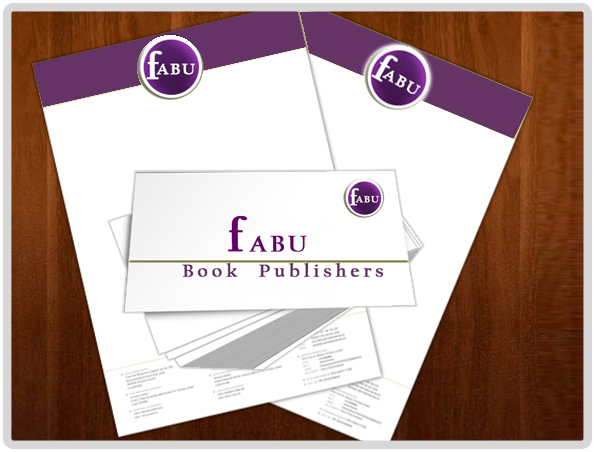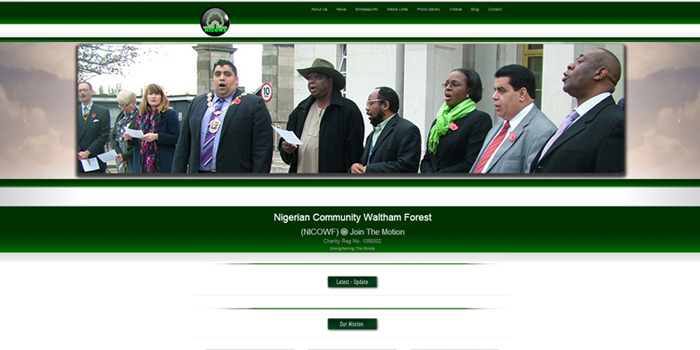E-Commerce or Electronic Commerce is one of the most important aspect of the internet. It facilitates the exchange of goods and services
immediately with no barriers of time or distance. Any time of the day or night you can go online and purchase virtually anything you fancy.
It has been analysed and projected that by 2020, global mobile e-commerce and alternative payments method will account for the majority of
the e-commerce transactions.
And that cross-border e-commerce will be at least one third of all sales. These are the opportunities the ever increasing power of the internet
is providing. You need to be aware of the trend and the destructing nature of new technology in side-lining what was hitherto the "new kid on the blog" (tech wise) yesterday.
The emergence of smartphones with specifications almost comparable with some desktops and laptops has changed the landscape on how we
consume content on the internet. In retailing, this indeed has become transformative. As a retailer, designing your website to leveraging the aforementioned
ubiquitous device is paramount else your compititors will be smilling all the way to the bank while you might end up closing up - so to speak.
How to leverage
on mobile and alternative payment methods? How to deal effectively with cross-border e-commerce? Here at Torometech,
we will help you provide some ideas on how to implement a fast, secure, simple and flexible payment solution to grow your e-commerce
business.
How does it work?
As a customer moves through a web site they will occasionally stumble across a service or gadget they find rather
interesting (aimless web surfing). In the more general case, a customer will judiciously go to a specific site
or sites to purchase certain goods or merchandise. Once you are satisfy with the general description of the good
and sometimes the terms and conditions provided by the site, you will click on a "Add To Cart" button which adds
the item in to a shopping cart (an electronic one of course). When you are done with your shopping you then click on
another button labeled "Check Out". This moves the process to a transaction server where all the information provided
is encrypted.
From the processing server it is carried over to a payment gateway where the issuing and acquiring banks either authenticate and completes the transaction or terminates it. The aforementioned processes will last for approximately two to three minutes (Assuming you haven't got a Platinum American Express plastic to buy the entire store - if you do it will take a little bit longer ; you are supposed to smile at this juncture)
Want To Receive Payment On Your Site?
To receive payment online, you will need an Internet Merchant Bank account and a Payment Service Provider- responsible for processing the plastic card information before passing it over to the bank. Alternatively you can go for a Payment Bureau which is a one-stop solution - it collects and does the processing of the plastic card on behalf of the web site business. Thus circumventing the need of a Merchant Bank Account and a PSP setup. An even cheaper option is the Person to Person or Person To Business Payment Service- discuss in more details later.
1 .Using an Internet Merchant with a Payment Service Provider (PSP)
The Acquiring Bank:
An acquiring bank is a high street bank that offers credit and debit card processing services. They acquire the money from the customer, process the transaction and credit your account. You need to apply for a merchant bank Account (service) if you want a bank to handle your Electronic payments. Obtaining an Internet Merchant Service from an Acquiring Bank is quicker and easier if you already have an offline card processing facilities set up with the bank. Please be aware that there is a difference between Merchant services for taking payments offline (in a shop) to an Internet Merchant account for online payments. If you currently have an offline Merchant account you will need an Internet Merchant account as well. Check with your bank for their current charges.
The Payment Service Provider (PSP):
A Payment Service Provider is a "virtual" PDQ swipe card machine that collects the card details over the Internet and passes them to the acquiring bank. To take Electronic payments over the web, you will need a PSP at a small cost. Some PSP's charge a monthly amount whilst some charge a percentage of each transaction.
2 .Using a Payment Bureau
A Payment Bureau:
A Payment Bureau is a one-stop solution collecting and processing the card details on behalf of the business without requiring an Internet Merchant Service with an Acquiring Bank or a separate PSP to be set up. A payment bureau is the simplest way of taking payments online as they do all the work for you. Their simple application process makes bureau services a popular choice for online payments and an ideal solution for SME's (small to medium size enterprises) first step into e-commerce. However, they tend to hold on to your money for longer before crediting your bank account.
Advantages:
Disadvantages:
3.Person to person or person to business payments
These methods rely on individuals setting up an online account and can be used to take both credit and debit card payments.
Advantages:
that is levied to check that that individual is the owner of a particular bank account or credit card. Charges are relatively low per transaction Fixed low costs for withdrawals to external bank accounts If your web site is backing up your auction sales then the majority of your customers will have one of these accounts.
Disadvantages:
The Shopping Cart
Yes, one last thing and that is a Shopping Cart. This allows your visitors to add products / services to a virtual shopping basket. This functionality provides the user the ability to edit the quantity they require, remove items, check their running cost etc. etc and finally checkout.
All online shops have the same fundamental elements - a catalogue of products which customers can browse or search through and a payment gateway system that processes the transaction (discussed earlier). Since the catalogue in its basic form is just a list of items, it can easily be built with static HTML incorporating all the necessary links which when click, take you to detailed product pages respectively. While it is entirely possible to write product pages as static HTML, the odds are that you will quickly want to drive page content from some form of data source (most commonly a database). To do this, the pages must use an application server such as ASP, ASP.NET, Cold Fusion, JSP, or PHP. Thus, for a small business selling couple of items ( i.e. less than 10) which do not change that frequently, there is no need to go and buy an off-the-shelf Shopping Cart or E-Shop (Actinic, webAssist, ClickAndBuild, Cubecart, ShopFactory to name but a few).
Any savvy web designer/developer should be able to design couple of pages with links that connect to pages displaying your various products (in a more detailed format). If business starts to boom, and you have got let say over 10 items (which aren't static), a small database can then be implemented using ASP, PHP or JSP for the backend processing.
To all intends and purposes, all of the commercial products utilize a similar scheme to the one just described but to a larger scale with templates. Instead of static HTML pages as mentioned earlier, they are provided from a data source dynamically (most commonly a database). The final process is to link your product detailed pages with a payment service provider (Paypal for example). Here you will provide detailed information for each product or service you are offering such - item_name, price, size, colour, etc. etc. Pay pal will then use it dedicated server to process the transaction when a customer click the add to cart or checkout button for a particular item on your site. You will of course need to have a Paypal account (which you can get by registering on the Paypal site - free). And there you are with an Online Shop spending only a penny or two (Ok a bit more than that).
The point here is that, an Off-The -Shelf shopping cart is not necessarily the solution for every body who wants to implement e-commerce on their site. It is a case of Horses for Courses. If you have got the budget or capital by all means go out and splash it. If on the other hand you are a small business with extremely tight cash flow don't be put off. E-Commerce can still be implemented for you.
- - nedbooks.uk
- - ezeogupubication.co.uk
